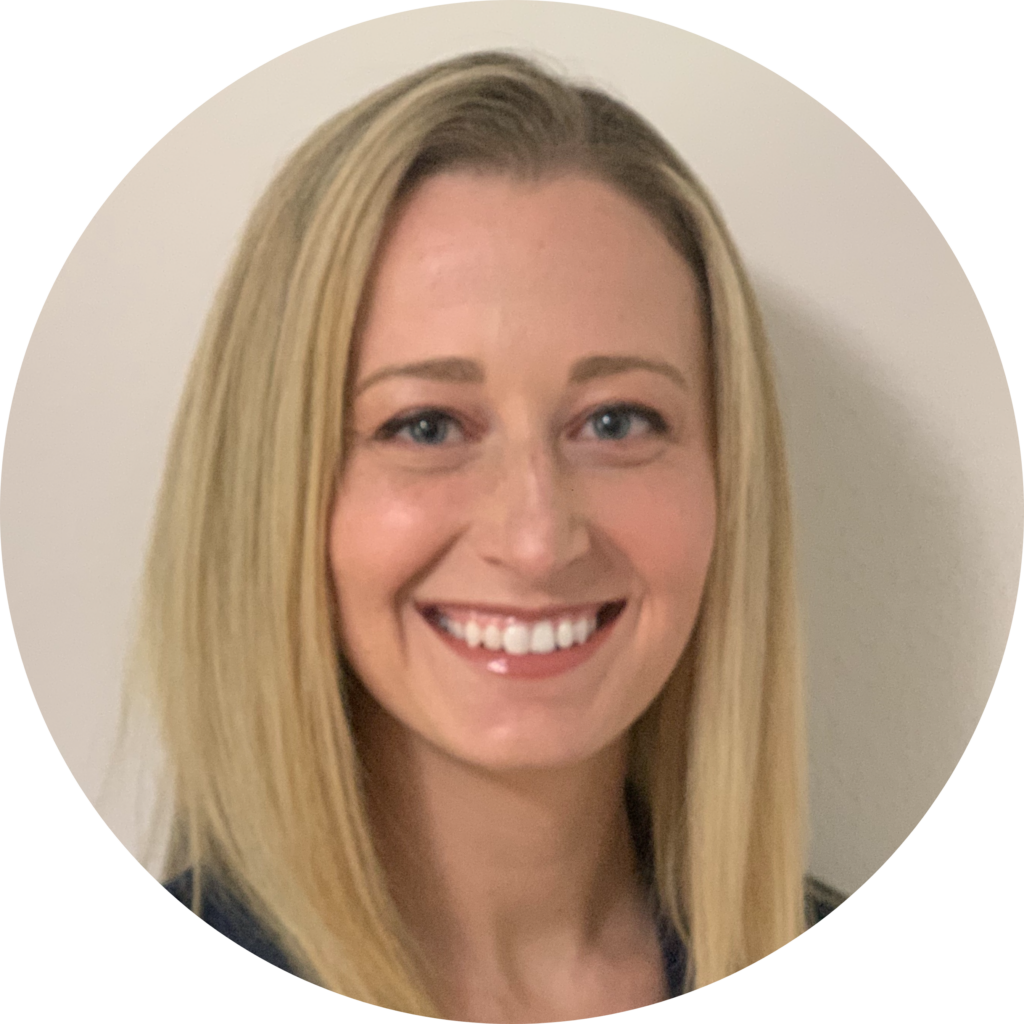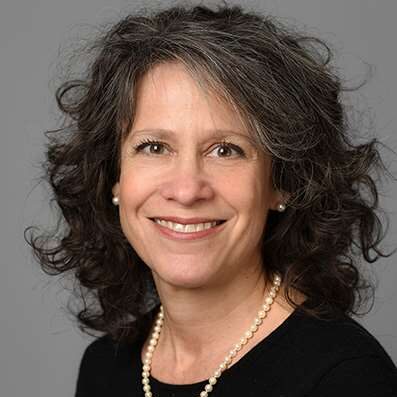WATCH: A&C Foster Care Parent Shares Her Experience
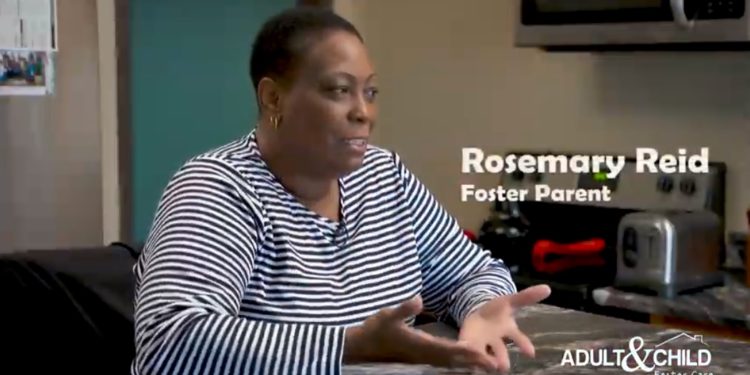
Rosemary Reid has been a foster parent for 15 years. She estimates she’s provided foster care for about 25 children during that time. Amanda Orr, A&C Licensing Team Leader, has worked with Rosemary every step of the way. Orr and A&C offer Reid and other foster parents with training opportunities, licensing for new foster parents and a bevy of other resources. RELATED CONTENT: Not Sure About Becoming a Foster Parent? Here’s 6 Reasons you Should Watch the video below as Reid and Orr share their stories about why the foster parenting experience is so special for everyone involved.
Helping Foster Kids In School: Therapeutic Foster Care’s Educational Advocate

The Problem: Statistics for foster children graduating high school are shockingly low. About 50% of foster kids never receive their high school diploma. Only 3% graduate from a 4-year college. A&C’s response: To employ an Educational Advocate on the Therapeutic Foster Care team, addressing all educational concerns of our foster kids. Sharon Dunlevy spends her days staying on top of students’ grades, attendance, educational concerns, and any behavioral issues they may be facing in school. She goes to meetings with teachers and principals, she helps implement and advocate for Individualized Education Plans & 504s, she teaches foster parents how to support the education of kids in their home. She tutors and facilitates tutoring. Goals: “One of our biggest goals is to have our students be successful in school and graduate. We’re looking to see what types of support we can offer them after they graduate. At the age of 24, statistics say that 50% of former foster care students will be unemployed. So, that’s our big focus: career and college prep, really making sure that if they age out, if they leave, whatever the circumstances are, that they can be successful after school,” said Sharon. She is also a resource for foster parents with concerns on how to support their children’s education. On what kids need most: “The need for the tutors is huge. Having a tutoring grant right now and having that outside help has been tremendous and makes a huge difference for the kids.” Sharon’s Strategy: “I really try and get to know kids personally. … I want them to succeed, but I want them to come to that themselves. I really try to work with them on why we want them to get good grades. I ask what they want to do after school. I try to always make it a partnership between us.”
All About Youth Development
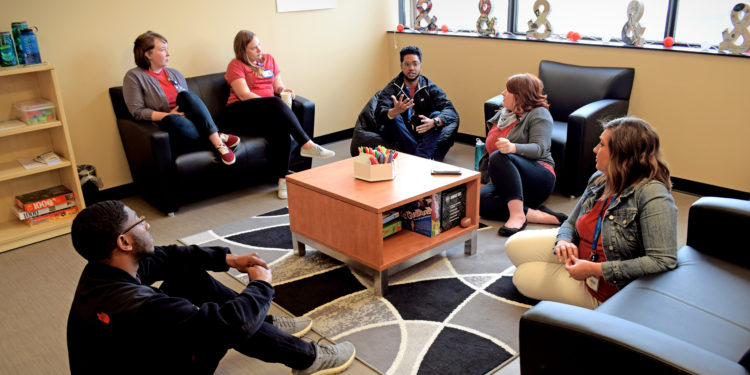
The tiny seed that grew into Youth Development was first planted in a foster care meeting. Then a therapist for Therapeutic Foster Care, Amanda Reuter had noticed an emerging pattern of foster youth asking about sex, yet lacking safe, informative spaces to discuss it. The question she asked that set her new career path in motion was, “what more can we do to help?” “And that’s kind of where it blossomed,” said Amanda. After working on that idea and learning about the options available, A&C received a small grant to facilitate a program called ‘Pregnancy Prevention.’ In addition to her therapeutic work, Amanda began leading group meetings and engaging with adolescent-aged youth on the topic of sexual health. Through many conversations with these kids, more and different needs kept popping up & Amanda knew she wanted to address them. “Through youth expressing that there was more that they wanted, it grew,” she said. A combination of organic development and hard work was the recipe for the Youth Development team as it stands today: a group of six passionate professionals educating & advocating for youth. On any given Friday, you can find this team circled up in their youth hangout space, brainstorming and filtering through meeting topics as a group. The newly renovated fourth floor of 603 E Washington St. houses the Youth Development and Specialty Service offices. It also includes a relaxing, living-room-type area with couches, coffee table, games, puzzles, markers, & yoga mats. Paper Mache ampersands line the windowsill and a jar of condoms marked, “Please take one” sits atop a bookshelf. Team building is important here. Each member works on their own program, but to foster a sense of togetherness, they discuss common topics and help one another solve problems. They’ll then cap it off with a group mindfulness exercise like yoga or meditation. Youth Development works within a framework of grants, with each member responsible for only one. They’re funded through mostly federal money for different types of projects. Currently, the team has three grants: IN-PACT, Project I, and the Serve Project. These programs all have unique specifications, but employees can typically be found leading group meetings. Groups of adolescents rotate through week-to-week programs & team members also travel to schools and residential facilities to lead one-day groups. Their topics include sexual health, goal-setting, community service, etc. Any adolescent is welcome to join, and the team is enthusiastic about making sure every kid is heard, and placed in the right program at the right time. A lot of their work is focused around learning, sharing their stories, and creating projects together. “Our overall mission is the same across all grants,” said Angel Crone, Lead Youth Development Specialist. “And that’s how we’re able to work together,” followed up Amanda. Any time this team steps in a new direction, it’s always with their mission & vision at the forefront. They make sure that their role, no matter the project, serves to help youth develop personal, social, academic, and citizenship competencies through strength-based methods. In a way, the youth always dictate where to go next. Grants and projects provide funding and structure, but at the end of the day, the team exists to help any young person become the best version of themselves. “We’re not just focused on one aspect of the youth’s lives, we’re trying to have a holistic approach,” said Angel. This mindset sometimes means stepping away from the grant structure: such as with their upcoming Art Night in June. A foster youth voiced a desire to express themselves through their art. Watching that desire echo through many other artistic teens led to a fresh, collaborative project for Youth Development & another avenue for youth to discover themselves and their self-worth. The Youth Development team takes their role as listeners seriously. “We’ve really been challenging this concept of adultism. And just what youth led youth driven really means,” said Amanda. The concept of adultism means dismissing young people’s opinions based on their age, the classic ‘because I’m older, I know more than you.’ “We’re trying not to lead with that mindset,” said Angel. This perspective contributes to a partnership between the youth and team instead of a hierarchy. They don’t fight a losing battle with cell phones, they let kids play music that might glorify questionable morality. “We’ll play the song,” said Amanda, “but then we might use that to start a conversation about those topics and discuss what they think about them.” Group rules are reframed as ‘agreements.’ By participating, every person agrees to confidentiality, openness, and respect. This way it’s a choice, a core concept of the partnership angle. But challenging adultism presents a new set of challenges with actual adults in the mix. “Any group we lead also has a parent component,” said Amanda. Biological parents, foster parents, and any other trusted adults in an adolescent’s life are welcomed. “It’s not the work with the kids that’s hard, it’s the work with the adults that surround them,” said Angel, laughing. But it’s true, because this team has the important role of fostering communication between those parents & teens, an eternal struggle, especially about tricky topics like sex. For foster kids with so many different adults assigned to support them, it can be challenging to navigate every adult’s opinion while simultaneously developing your own. “I think we’re trying to use our unique position of privilege and power, working in a mental health organization, to amplify the youth voice … we work with youth to identify ways that they can be their own advocate,” said Amanda. Since the team is so young, its larger impact is still somewhat unknown. But the anecdotal support is strong. This past month brought a call from a youth who overcame suicidal tendencies through the Teen Outreach Program (TOP) and started working on new goals, a former foster child returning to help mentor teens in the “Power Through Choices” group, and a pile of handwritten Thank You cards from a group
Not Sure About Becoming A Foster Parent? Here’s 6 Reasons You Should
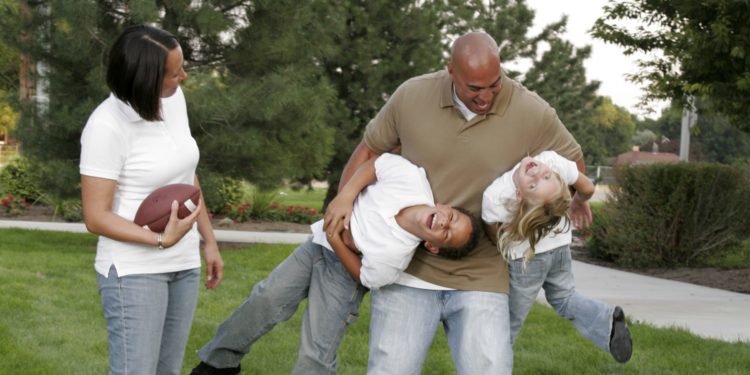
Becoming a foster parent isn’t a decision to make on a whim. All sorts of training and licensing await parents who wish to become foster parents. They must consider how it will change their current family structure. They have to be sure it’s something they want to do. Beyond that, folks who consider foster parenting can be apprehensive for myriad other reasons. Adult & Child Health’s Therapeutic Foster Care team frequently consults with parents and prospective parents about their concerns. One of the most common worries they hear goes something like this: “I’m not sure my heart will be able to handle it whenever the foster child has to leave our home.” RELATED CONTENT: See how our Youth Development Program is Helping its Participants Excel The A&C foster care team processes 400 to 450 placement requests each month, on average. The agency operates at 98 percent capacity most of the time, which means it doesn’t have enough families to handle some requests. We talked with Julie Stewart, Adult & Child Health’s director of welfare services, and members of the Therapeutic Foster Care team. They shared the most common questions they receive – and concerns they hear – from prospective foster parents. Here are six reasons you shouldn’t let your fears about foster parenting dissuade you from taking the next step and becoming a foster parent: RELATED CONTENT: Have more questions about becoming a foster parent? Click here for answers. 1. You have more control than you think. “Most people considering this are not clear on what their role would really be,” Stewart said. “Being able to have the final say about whether or not to accept a child into their home is 100% in the hands of the foster parents. The goal of everyone involved, most importantly a youth needing placement, is to ensure there is a good match.” The foster care team will listen to the criteria foster parents believe will be a good fit for their home, based on age and gender. Team members will then contact parents if they have a situation available that fits their desires. 2. You have resources here to help. “You’re not doing this alone,” one TFC team member said. “You have a team behind you.” The TFC team offers a variety of resources, from free in-house training for licensing foster parents to simply a network of support. Also, A&C offers primary care, mental and behavioral health assistance, school-based support and a bevy of other resources. “We’re a one-stop shop,” another TFC team member said. 3. Think about the child’s future. “You never know what kind of impact you’re going to have five or six years from now, but you can have an impact now,” one TFC team member said. “You’re getting something out of it, and they’re getting something out of it.” Are you interested in becoming a foster parent? Contact our Community Outreach Development Specialist, Lynn Farmer, at 317-893-0207, ext. 1207. 4. The rewards outweigh the sadness at the end. The feeling of losing a foster child when their allotted time is up scares parents, TFC team members said. Their response? “Understand you’re going to provide something so much bigger than how you’re going to cry when you’re going to leave. There’s never too much love. You can’t love a kid too much. Allow yourself to feel.” Foster parent Tina Davidson added, “If your heart is broken when they leave that house, you’re the type of person who should be fostering.” 5. Where you are in life right now doesn’t matter as much as you might think. Foster parents come in various ages and stages of life. Some are married, others are single. Some are cohabitating, some are LGBTQ. We license a wide variety of foster parents because we believe this diversity will provide the best placements for kids. We encourage and support foster parents regardless of race, religion, socioeconomic status, marital status, sexual orientation, or gender. If parents are at least 25 years old, can support themselves without public assistance, have reliable transportation and a valid driver’s license, sufficient bedroom space and all household members pass background checks, they’re eligible! 6. We need you. Our foster families are consistently at about 98 percent capacity, which means our current foster families probably don’t have the space to take on additional children. The more families that are available, the greater the likelihood we can place siblings together. When our foster family base is more diverse, we can more easily match a child’s needs to a family. The more families we have dispersed throughout our service areas, the more likely we can place children in or near their own communities and avoid disrupting positive familiar connections for the child, like schools, peers, and positive role models.


